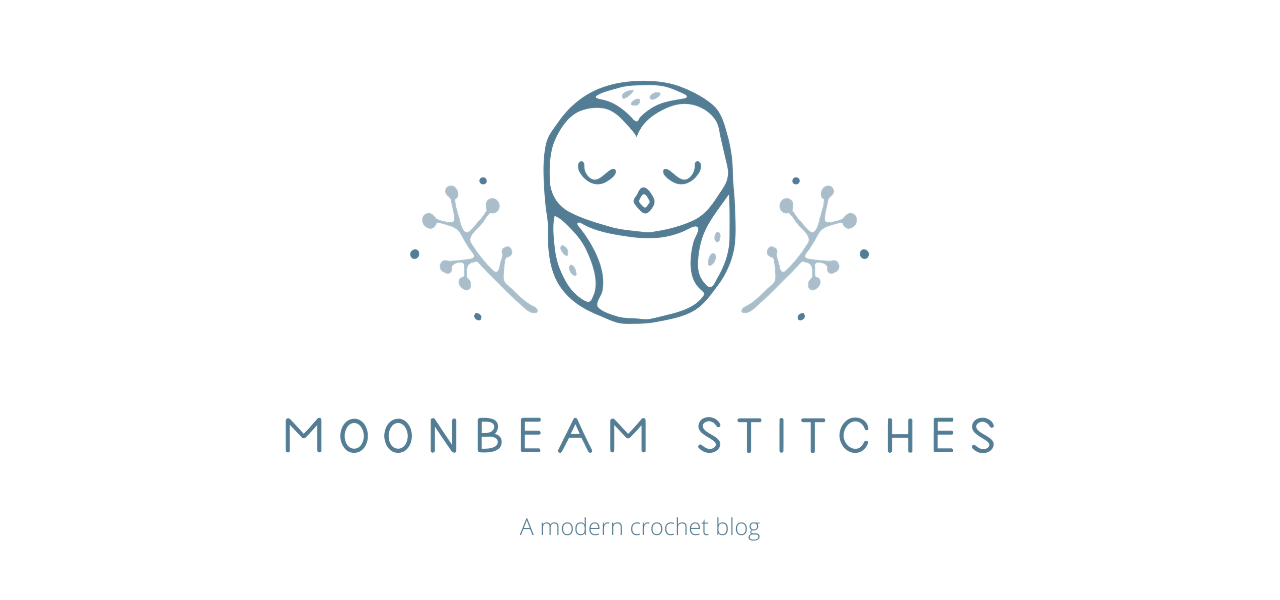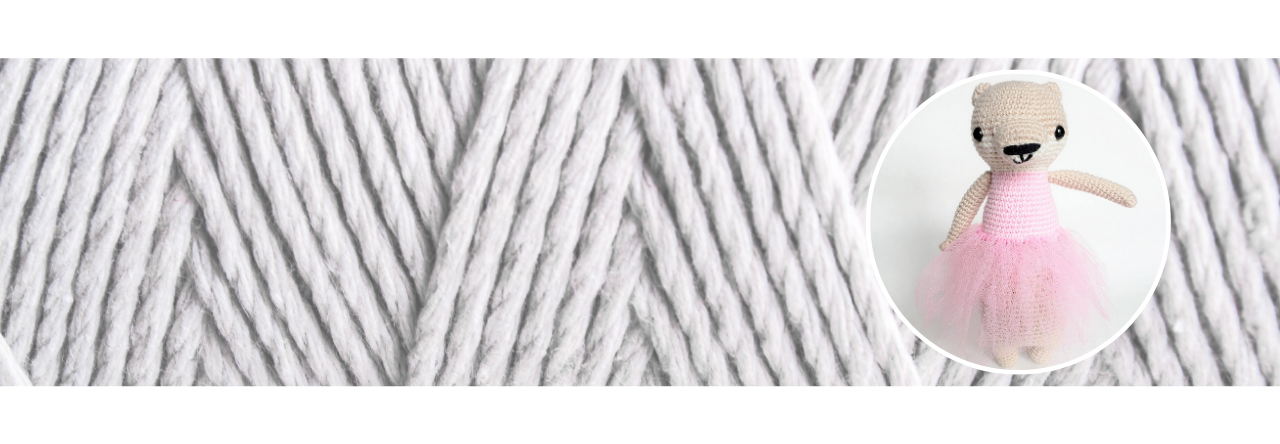
This post may contain affiliate links to products I recommend to you all. If you click on one of these links and decide you’d like to make a purchase, I will make a small commission (at no extra cost to you).
No, we’re not eating penguin! We’re looking at two different iterations of the same pattern. YES, these amigurumi penguins were both made from the SAME pattern. A bit shocking, right? This is the difference a year of experience makes.
Let’s dive in.
My first attempt at Pippin was about a year ago. He was my second or third attempt at amigurumi and I hardly knew what I was doing! Let’s go through everything I learned between these two penguins.
Yarn and Hook Choice
Pippin 1.0 is made with 100% acrylic – Lion Brand Vanna’s Choice. I don’t prefer pure acrylic now because of its stretch and fuzziness. You can really see the fuzz around his head and his feet. Granted, 1.0 has lived a longer life and gone through the washing machine but acrylic just doesn’t hold up like cotton does. I know a lot of people use acrylic for their amis but it’s just not my thing.
Pippin 2.0 is made mostly from 100% cotton. The black, white and gray yarns are Hobby Lobby I Love This Cotton, and his yellow beak and feet are made from a cotton/acrylic blend by Bernat. Since cotton doesn’t fuzz as much, the stitches look more defined (stitch definition). Cotton holds up better to kid play and doesn’t stretch out like acrylic does. All the cotton or cotton/blend amis I’ve made look relatively brand new despite hours upon hours of play.
I used a D-sized hook for Pippin 1.0 and a C-sized hook for Pippin 2.0. As you can see, a smaller hook makes for a smaller product. My tension is also tighter and more controlled these days, which gives you a smaller product.
Crocheting Around A Foundation Chain
This technique is used to make oval or rectangle shapes and is how you make Pippin’s beak. I think I just guessed how to do it with Pippin 1.0 and didn’t bother looking up a tutorial. It worked but it’s obviously not as it should be! I knew how to do it properly by the time I completed 2.0. Here’s the tutorial that taught me.

Color Changes
As you can see, you switch back and forth between the black and white yarn to make the head. And on Pippin 2.0, you switch between the gray and white for the belly. While I was making 1.0, I thought I could just crochet over the black yarn with the white and switch when needed. Sometimes this can work but not when you’re working with such contrasting colors. And white and black are as contrasting as you can get! So you can see the black peeking out behind the white. Again, it worked, but the finish is not as clean.
Pippin 2.0 is crocheted the correct way: either carrying the unused yarn BEHIND the work or cutting/tying/reattaching the yarn when necessary. The process is more involved this way but the look is much cleaner.
Attaching Pieces
Like my foundation chain, I guessed at how to do this on 1.0. What I did worked but I didn’t know how to successfully hide the ends so a couple of them are popping out on 1.0. Now I know that hiding the ends is as easy as tying your knot and pulling your needle through the middle of your piece! Since I learned, I haven’t had a single end come out.
Right Side Vs. Wrong Side
When crocheting continuously in the round, the front and back of your crochet fabric looks different. Pippin 1.0 is technically inside-out! He’s still fully functional and it’s more a matter of personal preference but the general consensus in the crochet community is there’s a right side (or an outer side) and a wrong side (the inside) for amigurumi. I didn’t know the difference at the time. Now I can never un-see it!

I made Pippin 2.0 as a special order for a customer. You could be special, too! 😉 Check out my shop and send me a message if you have something different in mind. Thanks for reading and I hope to see you again next Friday!


Leave a Reply